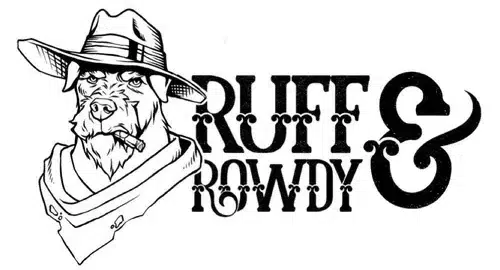Dogs, an integral part of human history, have evolved alongside us, serving diverse purposes throughout the ages. Among the fascinating transitions in their roles, the shift from sighthounds to herding dogs stands as a testament to their adaptive nature. This transformation not only reshaped the function of these magnificent creatures but also deepened their connection with humans. Exploring this journey from sighthounds to herding dogs unveils the intriguing evolution of these remarkable canines.
Understanding Sighthounds and Their Historical Significance
Sighthounds, known for their incredible speed and acute vision, were historically revered for their hunting prowess. These elegant breeds, such as Greyhounds, Salukis, and Afghan Hounds, were bred for their agility and remarkable sight, enabling them to track and pursue prey over vast distances. Throughout history, they played crucial roles in aiding hunters across civilizations, contributing to the sustenance of communities by providing food through their hunting skills.
Their unique abilities to spot and chase prey made them stand out among other canines. Their sleek builds, keen eyesight, and unmatched speed became hallmarks of their hunting capabilities. Their independent nature allowed them to operate largely on their instincts, making them valuable assets in the hunting expeditions of various cultures.
The Shift Towards Herding Dogs: A Changing Societal Landscape
As human societies evolved, transitioning from nomadic to settled lifestyles, agriculture became a pivotal part of sustaining communities. This shift led to the emergence of herding dogs. Unlike their sighthound counterparts, herding dogs were bred specifically for their intelligence, agility, and herding instincts.
Herding dogs, including breeds like Border Collies, Australian Shepherds, and German Shepherds, showcased a remarkable change in purpose. Instead of pursuing prey, these canines were trained to work closely with humans in managing and guiding livestock. This transition marked a significant shift in the relationship between humans and dogs, from independent hunting companions to collaborative working partners.
The Human-Canine Bond: Collaboration and Adaptation
The evolution from sighthounds to herding dogs wasn’t just about a change in function but also reflected the evolving bond between humans and their canine companions. While sighthounds predominantly worked independently, relying on their innate hunting instincts, herding dogs forged close partnerships with humans, working collaboratively to tend and manage livestock.
Herding dogs’ exceptional intelligence and trainability enabled them to understand complex commands and anticipate the needs of their human counterparts. This level of cooperation solidified a deep bond and mutual reliance between humans and dogs, showcasing the adaptability of canines to diverse roles alongside humans.
Geographical Influence on Herding Dog Traits
The traits of herding dogs were significantly influenced by geographical and cultural factors. Different regions required specific characteristics in their herding dogs, tailored to suit the terrain, climate, and types of livestock. For example, Border Collies thrived in the hilly terrains of Scotland, utilizing their stalking ability and crouching posture to control sheep effectively. Meanwhile, Australian Shepherds showcased their versatility in the vast expanses of Australia, herding cattle with remarkable agility.
Modern Impact and Versatility of Herding Dogs
The influence of herding dogs transcends their traditional roles in agriculture. Their intelligence, trainability, and agility have found applications across various fields in modern society. These dogs are invaluable assets in search and rescue missions, owing to their keen senses and agility, aiding in locating missing persons in challenging terrains.
Furthermore, herding breeds like the Border Collie and German Shepherd are prominent in law enforcement, utilizing their intelligence and strength to track criminals and detect illicit substances. Their versatility extends to therapeutic roles, where their calm demeanor and empathetic nature make them ideal therapy dogs, offering comfort to individuals facing physical or emotional challenges.
In competitive dog sports like agility and obedience trials, herding dogs excel, showcasing their athleticism, intelligence, and teamwork with handlers. Their presence in the entertainment industry, starring in movies and commercials, highlights their natural charisma and appeal.
Beyond their working roles, herding breeds have become cherished family pets due to their loyalty, affectionate nature, and adaptability to various living situations. Their impact in various sectors illustrates the enduring legacy of these intelligent and versatile canines in modern society. The transition from sighthounds to herding dogs represents a captivating journey in the canine world. Understanding the evolution of these breeds and their historical significance unveils a rich tapestry of human-dog relationships.
Conclusion
The shift from sighthounds to herding dogs represents more than a mere change in function; it embodies the resilience, adaptability, and collaborative nature of dogs alongside human progress. This transformation forged deeper bonds between humans and their canine companions, showcasing the profound evolution of their roles. The journey of these remarkable creatures, from hunters to invaluable working partners in various fields, continues to inspire admiration and appreciation for the multifaceted abilities of dogs in our lives.
